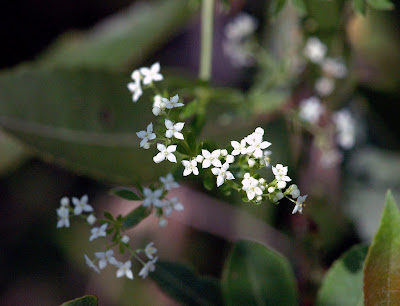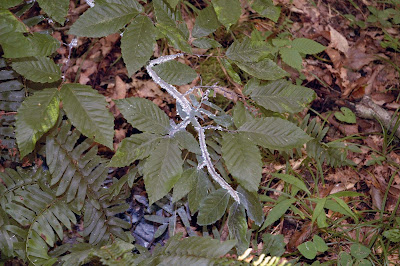Jim McCormac photo
Abbott's Sphinx, Sphecodina abbottii 7870. Regardless of the subject matter I post, I always mention that we have favorites in a group. For the Sphinx Moths, this is it, maybe because it's so different. The body is not long and torpedo shaped like most. It is short and fat, with tufts of light hairs sticking out the rear. The forewings are deeply scalloped, and the pattern reminds me of finished wood grain. The bright yellow hindwings, and the noisy flight pattern make this a Bumble Bee mimic.
Of all the caterpillars I wished I had photographed, this is by far the neatest. It's brown and covered with lime green circles. Instead of a horn at the back end, it has a rather intimidating, 3D fake eyeball.
Tersa Sphinx, Xylophanes tersa 7890. I have found this moth to be plentiful in Texas and Florida, but still haven't seen it here. Most of its food plants do not occur in Ohio, with the exception of the introduced Catalpa trees, on which it may be feeding. Records indicate it is widely spread in Ohio. This species is quite sleek. Very narrow wings and a long pointed body. The hindwings are lined with yellow shark teeth.
Nessus Sphinx, Amphion floridensis 7873. This small hawkmoth has rich chocolate forewings and burnt orange hindwings. The real field key to look for are the two yellow stripes across the abdomen. This is one of the oldest moths I have in my collection. It dates to my high school days back in...... well never mind.
Hydrangea Sphinx, Darapsa versicolor 7884. Another showy species with bright green forewings and orange hindwings. The white stripe down the body aids in identification. As the name indicates, it feeds on Wild Hydrangea, as well as Buttonbush (Cephalanthus). Both are frequently encountered plants, but this moth is uncommon in the state.
Hog Sphinx, Darapsa myron 7885. Like the Hydrangea, this species is green and orange, but the green is more patchy rather than striped. The body lacks any white stripe. This is another Wild Grape and Virginia Creeper feeder. It's easily the most common Sphinx moth in Ohio.
Azalea Sphinx, Darapsa choerilus 7886. Our third Darapsa species in Ohio also has orange hindwings, but they really don't stand out. The base and tips of the forewings are gray. The middle brown section contains a row of stitches or zipper marks. It feeds on azalea, something we don't have a lot of here. This is a common moth because you can also find it on Blueberry and Viburnum. It was formerly known as Darapsa pholus.
Bumble Bee Clearwing, Hemeris diffinis 7855. The Clearwing Hawkmoths lack any dark scales on most parts of their wing, making it rather transparent. These are commonly seen hovering in peoples gardens. I call this one the Bumble Bee Sphinx because it is primarily yellow and black. The other two species have more red throughout. The arrow points to an elongated open cell in the wing. This cell is longer than the other species, and has no vein crossing through the center.
Alex Webb photo
Hummingbird Clearwing, Hemaris thysbe 7853. Well the name is self explanatory. People really do mistake these for hummingbirds. In flight they show more red and green than the Bumble Bee Sphinx. Up close, look again at the forewing. The open cell is smaller and more round. Most importantly, the cell is dissected with a vein through the center.
Slender Clearwing, Hemaris gracilis 7854. The Slender Clearwing is rare in Ohio, and I have no picture of one. It looks very similar to the Hummingbird Clearwing except for the cell in the wing. It's small and round, but has NO vein in the center.
Photo Needed
Pink-spotted Hawkmoth, Argius cingulata 7771. Pink hindwings and body make this easy to recognize. This and the few species to follow are large moths recognized by their spotted bodies. Look for the adults and larvae feeding on Morning-glories. Should the wings be folded at rest, look for the big dark patch on each forewing.
Jim McCormac photo
Tobacco Hornworm, Manduca sexta 7775. It's also known as the Carolina Sphinx. It looks nearly identical to the next species, the Tomato Hornworm. On this species there are 6 pairs of yellow spots on the abdomen, but the last pair is small, and not always easy to see. The first pair of yellow spots is bordered by a very small white line and essentially borders a large black spot. The overall color is brown. The hindwing has one thin brown line near the base, and two thick brown lines further out.
Tomato Hornworm, Manduca quinquemaculata 7776. Similar to the above, but the latin name tells us to look for only 5 pairs of yellow spots. Also notice the first yellow spots do not border the black patch, but are separated by a large white spot. The overall color is gray, and the hindwing has but one thick dark band, followed by several thin lines. Both these species can become pests on members of the Tomato family.
Rustic Sphinx, Manduca rustica 7778. Here's a pic from Jim Vargo, and one of mine. What should stand out is the dark brown patch on the forewing, similar to the Pink-spotted Hawkmoth. This is another species with pairs of yellow spots on the abdomen, but they don't really stand out. The species is also a rare stray from the southern states.
Jim McCormac photo
Great Ash Sphinx, Manduca jasminearum 7783. The black U shaped marks coming down into the forewing are often absent. Same goes for the orange spot. The horizontal black lines are more reliable for identification, as are the black hindwings. Currently this is s common species in Ohio, but with the Emerald Ash Borer problem, we'll have to see what happens to the populations.
Here are a couple more species that are rare strays in Ohio. You are unlikely to come across these. I will put up photos once I have found a source.
Titan Sphinx, Aellopos titan 7849.
Fadus Sphinx, Aellopos fadus 7850.
Tetrio Sphinx, Pseudosphinx tetrio 7830. Found an old specimen laying around and decided to use it for an illustration. This very large moth is native to south Florida, but has been known to stray into some of the midwest states. The forewings look similar to some of our native species, but the dark hindwing and black abdomen spots are good for indicators.





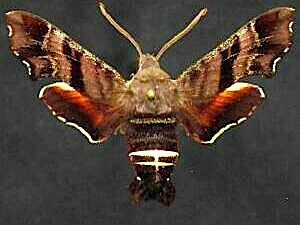























.jpg)







.jpg)
















.jpg)
















































.jpg)







































































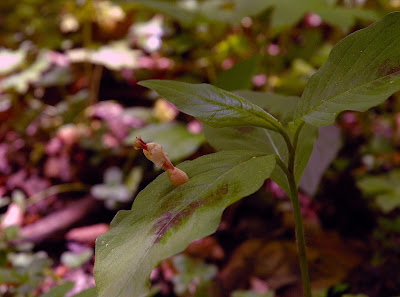
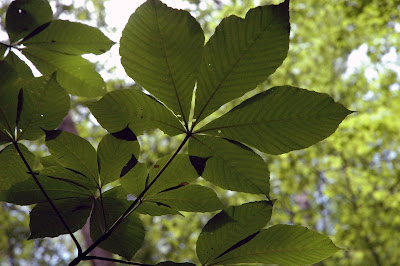











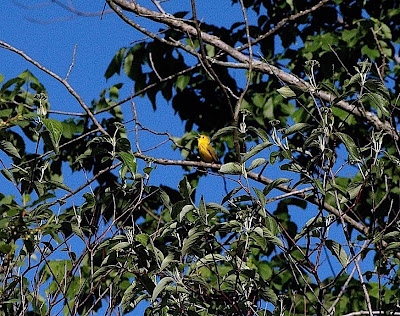





























































































































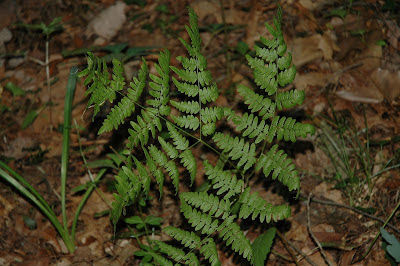




















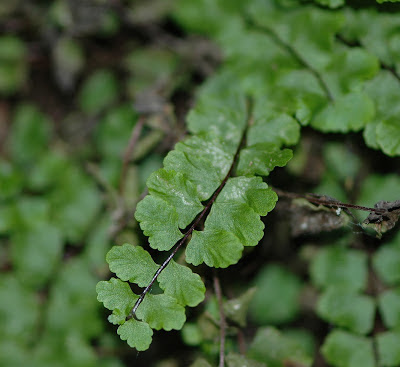







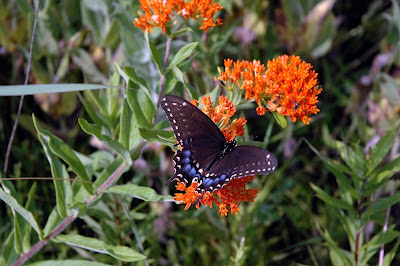









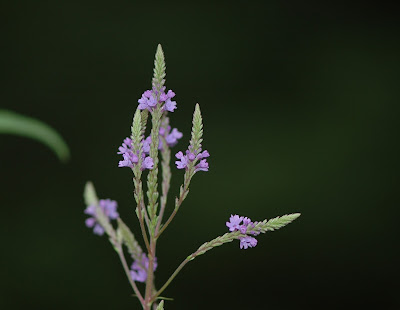






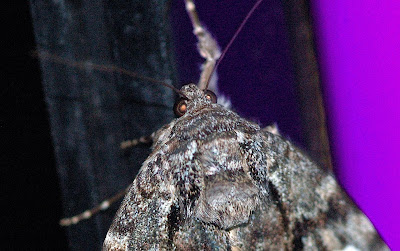





.jpg)





















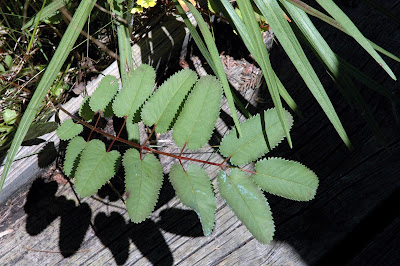




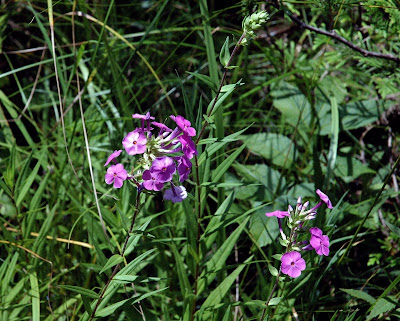
































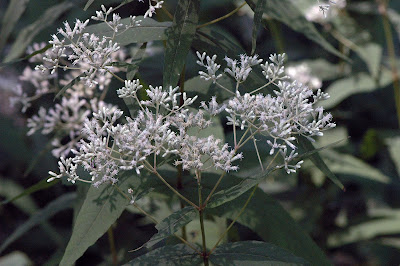









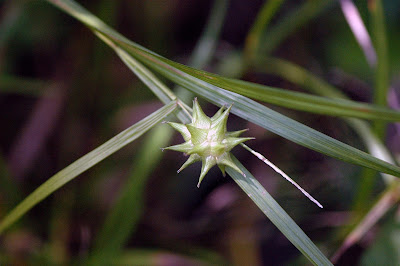







,.jpg)




















































